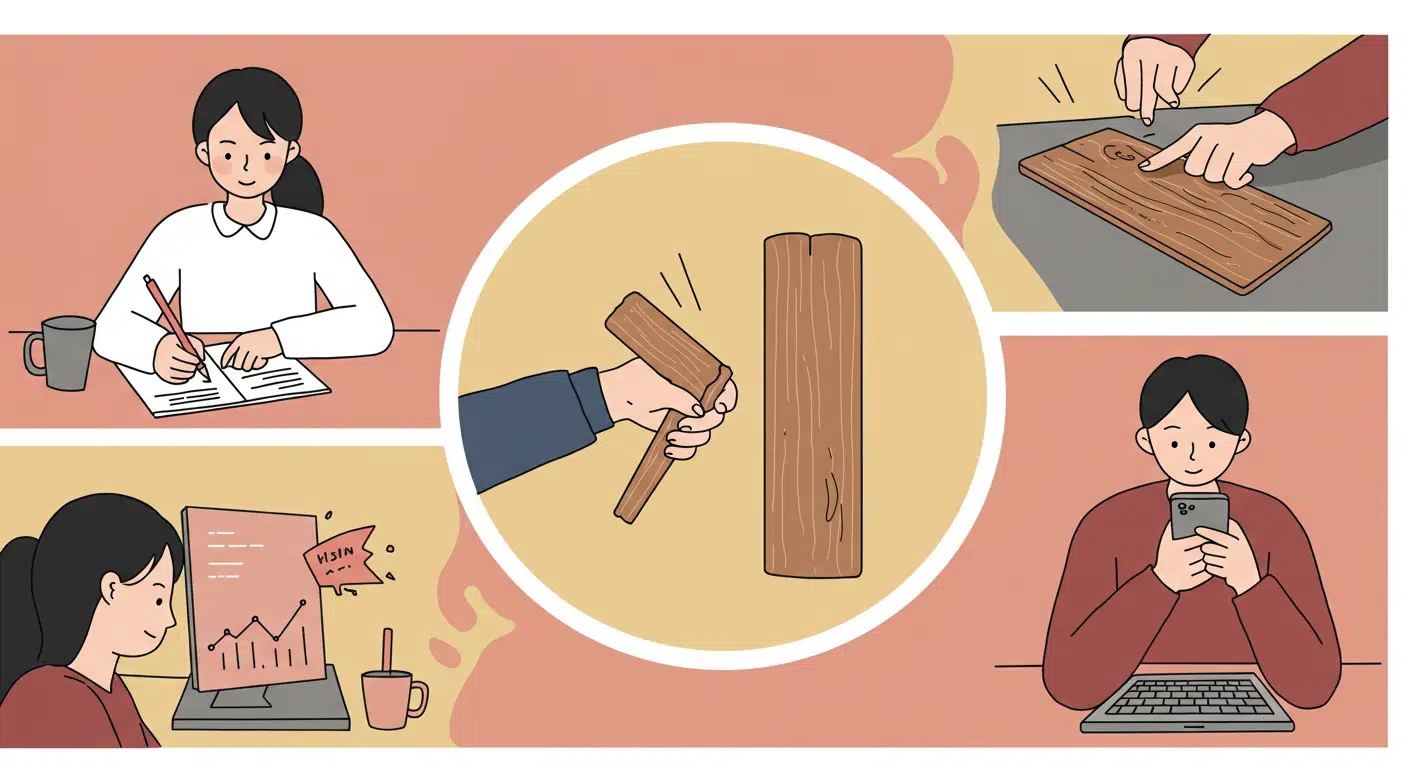Finding a horseshoe—especially with its open end facing upward—is widely regarded as a sign of impending good luck. Tradition holds that the finder should hang the horseshoe over a doorframe or keep it in the home to attract continued fortune. The orientation is essential: if the horseshoe points downward, it is said the luck will “spill out.” This symbolism has been absorbed into household traditions and wedding rituals across Western cultures.
The horseshoe’s association with luck stems from multiple converging beliefs. Iron was considered a powerful material capable of repelling witches, demons, and mischievous fairies. Its crescent shape was symbolically linked to the moon, which had protective connotations in pagan traditions. Additionally, blacksmiths—who crafted horseshoes—were believed to possess mystical powers due to their control over fire and metal. The use of seven nails in traditional horseshoe attachment, a number often linked to good fortune, reinforced the object’s auspicious character.



